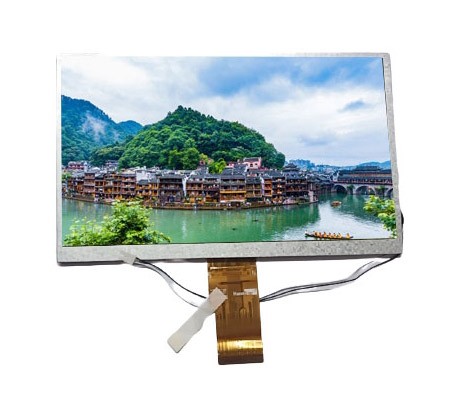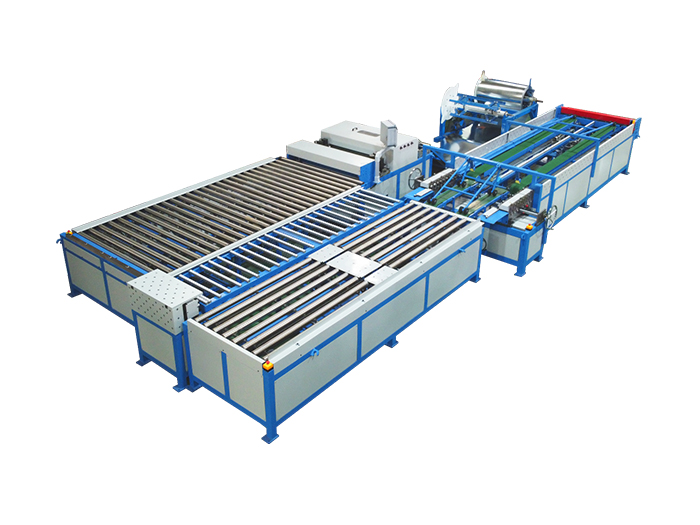Understanding how to identify items on a circuit board is an essential skill for anyone involved in electronics, whether you're a hobbyist, a technician, or an engineer. Circuit boards are the backbone of electronic devices, housing a variety of components that work together to perform specific functions. This article will delve into the intricacies of circuit board identification, providing you with practical insights and advanced techniques to enhance your proficiency in this area.
- Understanding the Basics of Circuit Boards
Before diving into identification techniques, it's crucial to understand the fundamental structure of a circuit board. A typical printed circuit board (PCB) consists of:
- Substrate: The base material, usually made of fiberglass or epoxy resin, that provides mechanical support.
- Conductive Traces: Copper pathways that connect different components, allowing electrical signals to flow.
- Solder Mask: A protective layer that prevents solder from bridging between conductive traces.
- Silkscreen Layer: Printed labels that indicate component placements, values, and other important information.
- Common Components Found on Circuit Boards
Circuit boards can contain a variety of components, each serving a distinct purpose. Here are some of the most common items you may encounter:
- Resistors: These components limit the flow of electric current and are typically color-coded to indicate their resistance value.
- Capacitors: Used to store and release electrical energy, capacitors come in various types, including electrolytic and ceramic.
- Diodes: Components that allow current to flow in one direction only, often used for rectification.
- Transistors: Semiconductor devices that can amplify or switch electronic signals.
- Integrated Circuits (ICs): Miniaturized circuits that can perform complex functions, often encapsulated in a single package.
- Connectors: Interfaces that allow external devices to connect to the circuit board.
- Inductors: Components that store energy in a magnetic field when electrical current passes through them.
- Techniques for Identifying Components
Identifying components on a circuit board requires a systematic approach. Here are some effective techniques:
3.1 Visual Inspection
Start with a thorough visual inspection of the circuit board. Look for:
- Silkscreen Labels: These provide valuable information about component types and placements. Familiarize yourself with common designations (e.g., R for resistors, C for capacitors, U for ICs).
- Physical Characteristics: Note the size, shape, and color of components. For example, resistors are typically cylindrical, while capacitors may be cylindrical or rectangular.
3.2 Reference Designators
Each component on a PCB is assigned a reference designator, which is a unique identifier. Understanding these designators is crucial for accurate identification. For instance:
- R1, R2, R3: Resistors
- C1, C2, C3: Capacitors
- D1, D2, D3: Diodes
- Q1, Q2, Q3: Transistors
3.3 Using a Multimeter
A multimeter is an invaluable tool for identifying components. Here’s how to use it effectively:
- Resistance Measurement: To identify resistors, set the multimeter to the resistance setting and measure the resistance value. Compare it with the color code to confirm its identity.
- Capacitance Measurement: For capacitors, use the capacitance setting to measure the value. Ensure the capacitor is discharged before testing.
- Diode Testing: Use the diode setting to check the forward and reverse bias of diodes, confirming their functionality.
3.4 Circuit Diagrams and Schematics
Referencing circuit diagrams or schematics can significantly aid in component identification. These documents provide a visual representation of the circuit, showing how components are connected and their respective values. Familiarize yourself with reading these diagrams to enhance your identification skills.
- Advanced Identification Techniques
For more complex circuit boards, consider the following advanced techniques:
4.1 Component Datasheets
Datasheets provide detailed specifications for components, including pin configurations, electrical characteristics, and application notes. When in doubt, consult the datasheet for the component in question to ensure accurate identification.
4.2 Software Tools
There are various software tools available that can assist in identifying components on a circuit board. These tools often include features like image recognition and database searches, making the identification process more efficient.
4.3 Community Forums and Resources
Engaging with online communities, such as electronics forums or social media groups, can provide additional insights and support. Experienced members can offer advice on identifying obscure components or troubleshooting issues.
Conclusion
Identifying items on a circuit board is a skill that combines observation, technical knowledge, and practical experience. By mastering the techniques outlined in this article, you will enhance your ability to work with electronic devices effectively. Whether you're repairing, designing, or simply exploring the world of electronics, these skills will serve you well in your endeavors. Remember, practice makes perfect, so don’t hesitate to dive into hands-on projects to refine your identification skills further.





